The Vault is Slate’s history blog. Like us on Facebook, follow us on Twitter @slatevault, and find us on Tumblr. Find out more about what this space is all about here.
Chicago’s Newberry Library has digitized a series of ink and watercolor drawings of Apache life, made in the 1890s by Frederick Gokliz. Gokliz, a San Carlos Apache, was first imprisoned along with a group of Chiricahua Apaches at Fort Marion, in Florida, in 1886.
Gokliz was married to a daughter of Cochise, a Chiricahua Apache chief who fought white settlement in Arizona throughout the 1860s, carrying out raids and clashing with the U.S. Army. Cochise died in 1874, after the Chiricahua Apaches had begun living on a reservation; later that decade, after the group was moved to a different reservation site in the desert, many rebelled and went to live in the mountains, resuming raids on settlements.
In 1886, the remaining resistant Chiricahua surrendered to the Army and were removed to Florida, then Alabama, then Oklahoma. The warriors in the group were designated prisoners of war until 1912—11 years after Gokliz’s death.
Gokliz’s work eschews much representation of life in captivity in favor of remembered and imagined episodes of community life. His drawings depict hunts, meetings, and ceremonies, using perspective in interesting ways to show motion and conflict.
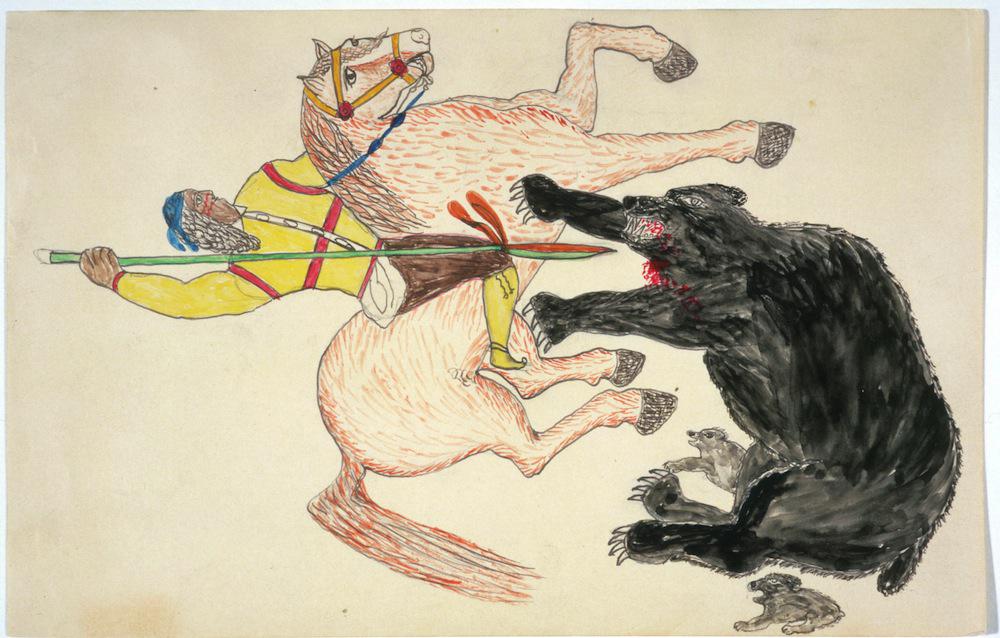
Courtesy of the Newberry Library.

Courtesy of the Newberry Library.
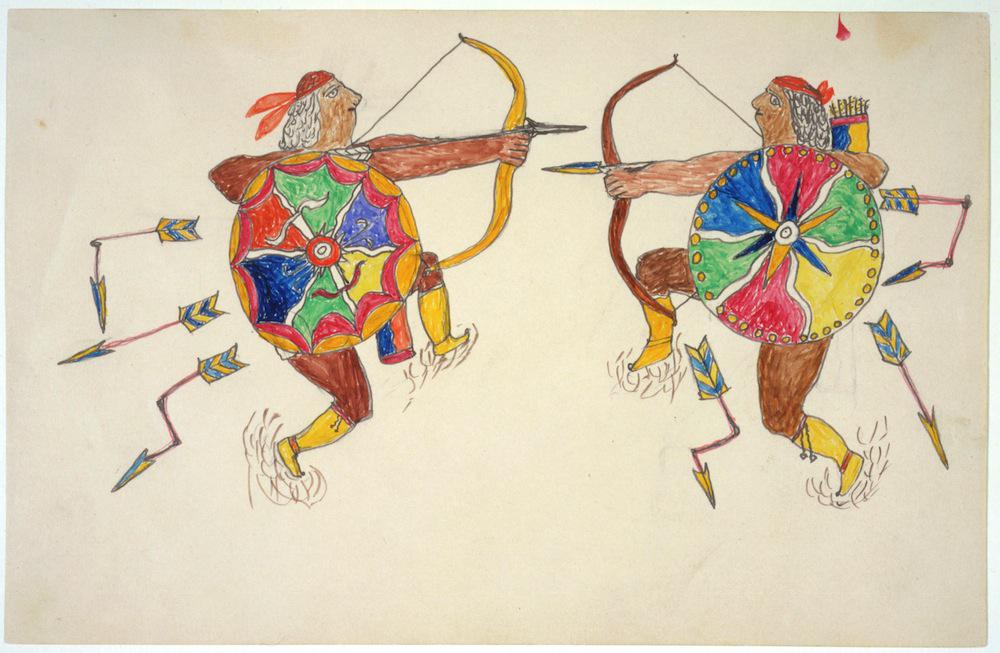
Courtesy of the Newberry Library.
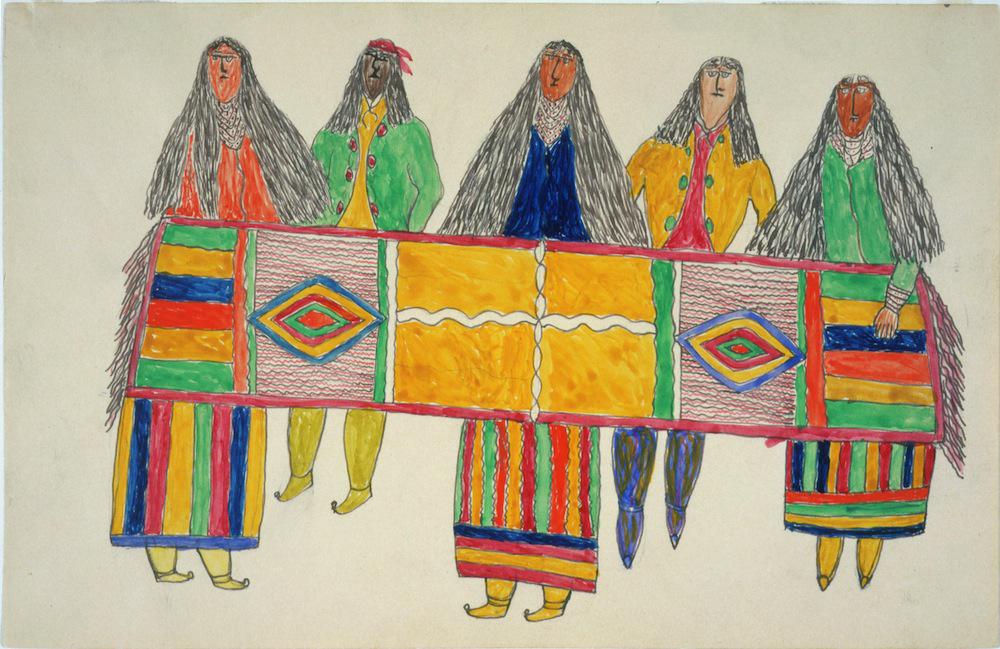
Courtesy of the Newberry Library.
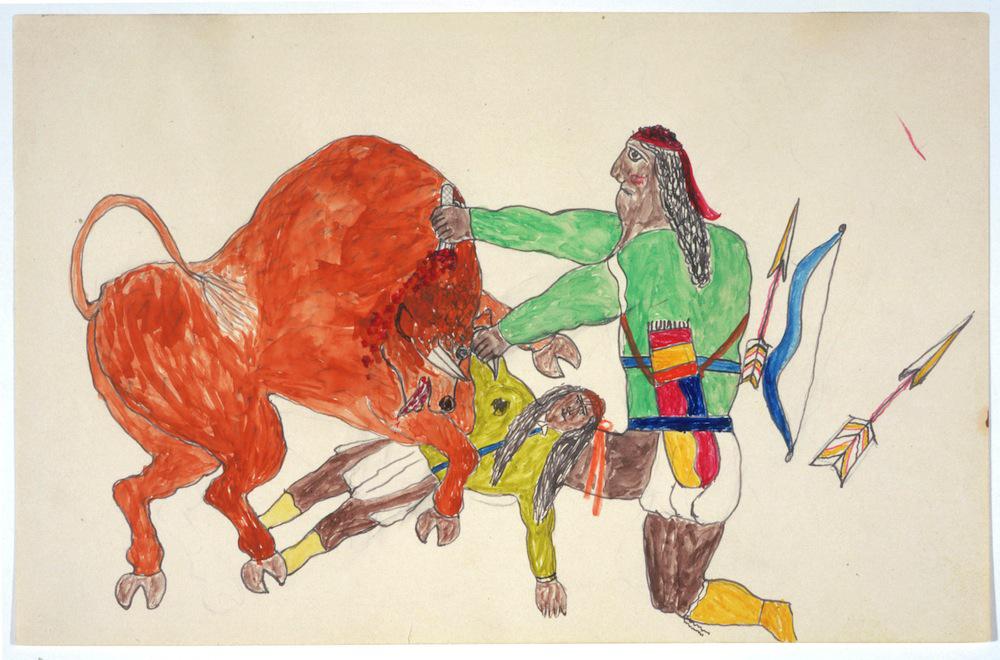
Courtesy of the Newberry Library.

Courtesy of the Newberry Library.

Courtesy of the Newberry Library.
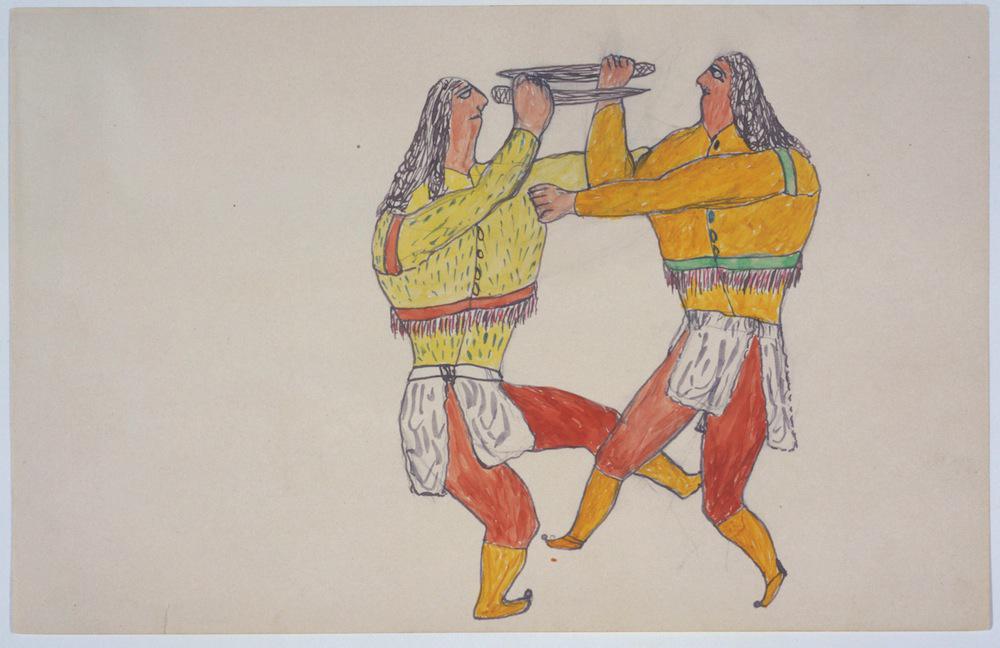
Courtesy of the Newberry Library.